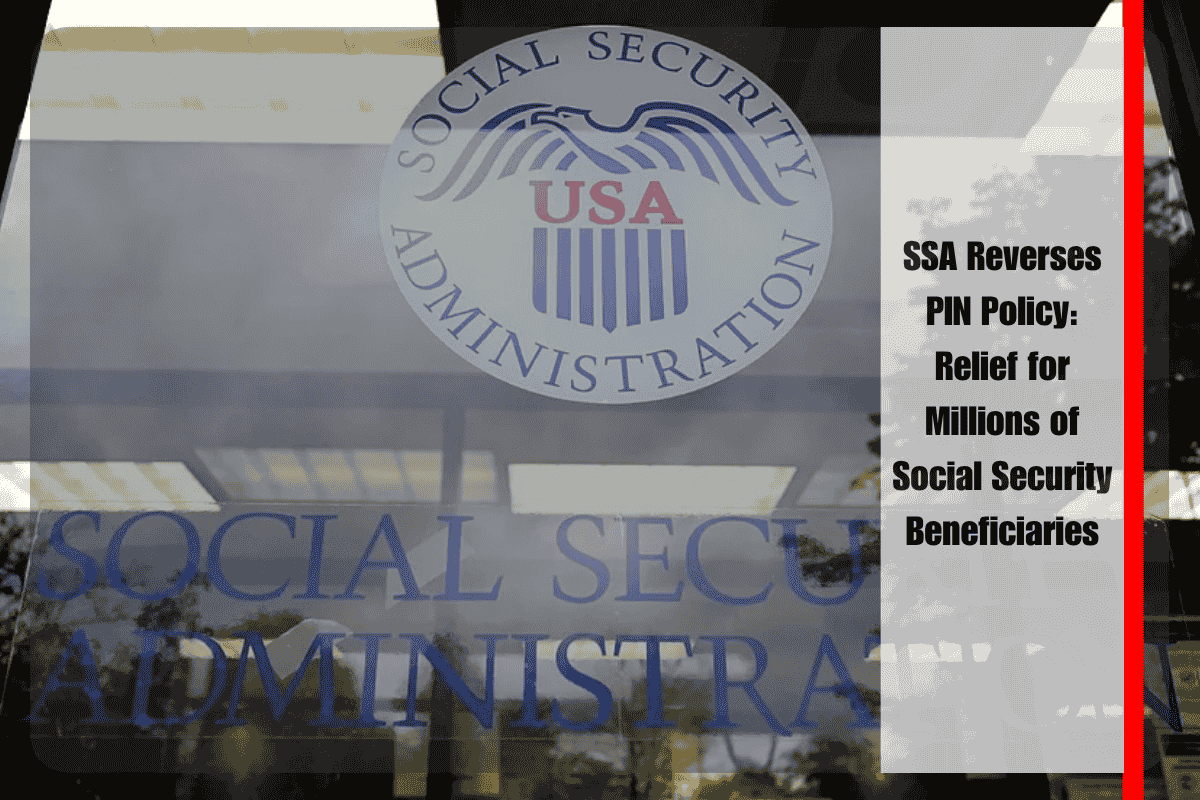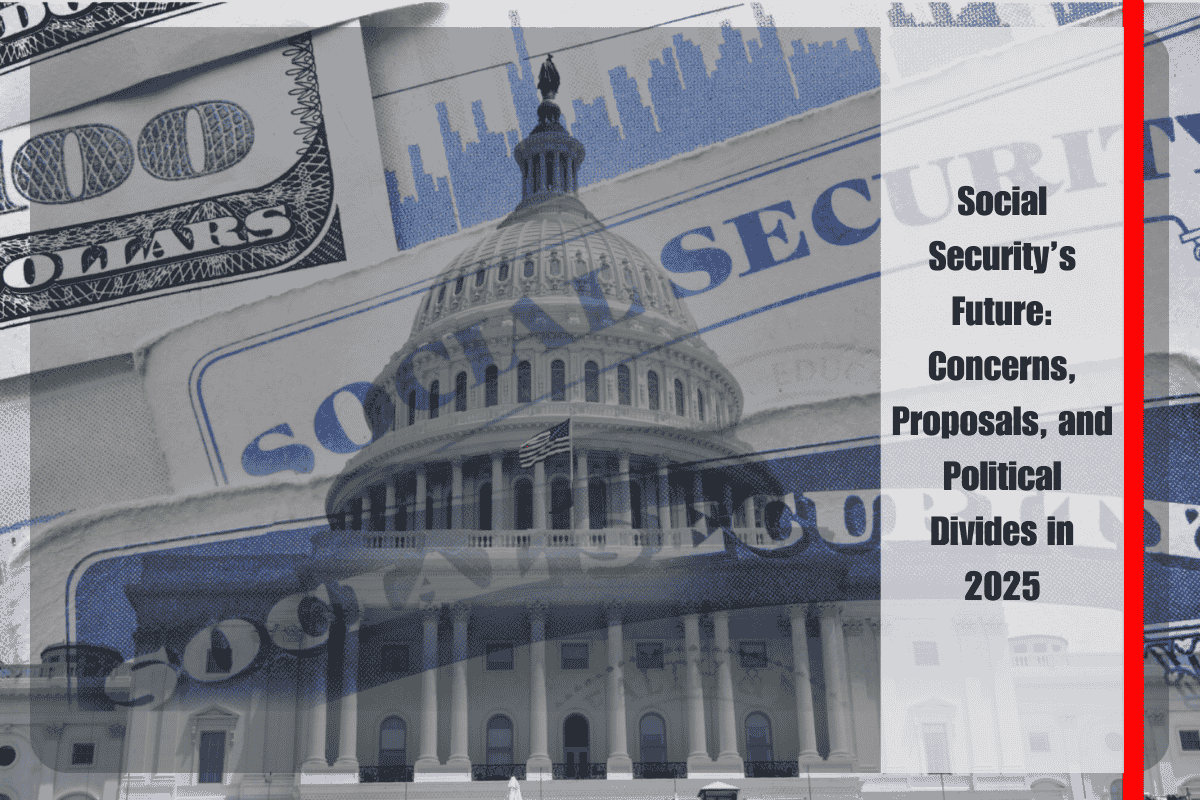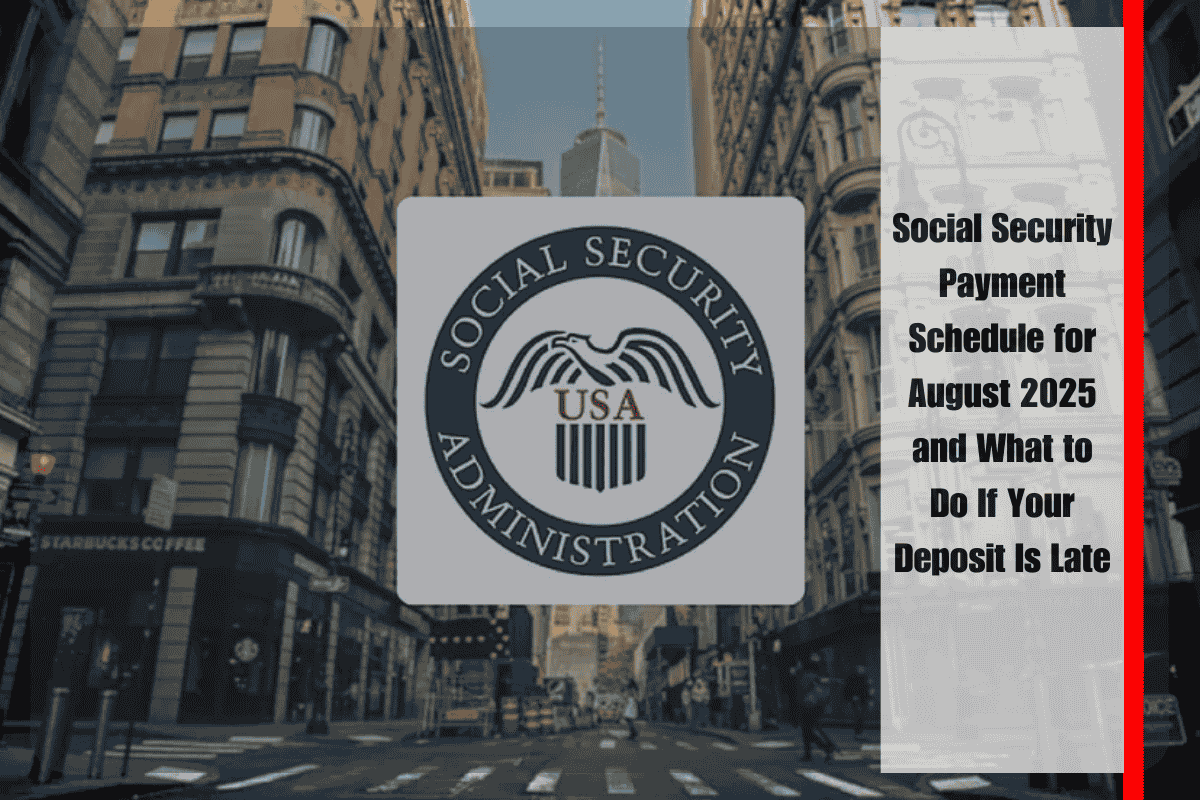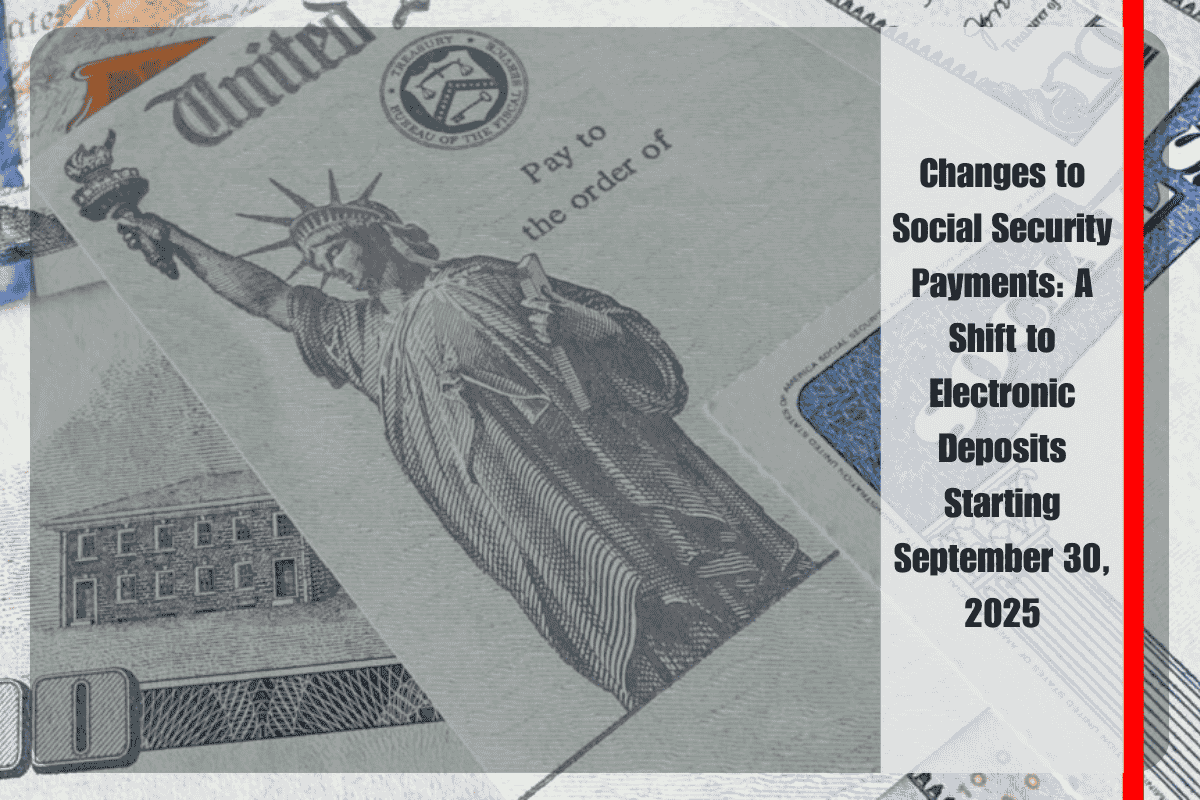Millions of Social Security recipients—especially seniors and individuals with disabilities—can now breathe easier after the Social Security Administration (SSA) officially reversed a controversial policy that was set to take effect in August 2025. Originally, the SSA had planned to require around 3.4 million beneficiaries to adopt a new Security Authentication PIN (SAP) or visit their local field office. But after strong public backlash, this plan has been dropped.
The SSA’s updated decision brings clarity and relief to those who feared increased difficulty in accessing their benefits.
What Was the PIN Policy About?
The now-reversed PIN policy was intended to improve security across SSA’s online and in-person services. The Security Authentication PIN was designed to act as an extra layer of protection against identity fraud, much like the security features used by banks and other financial institutions.
Initially, the SSA had planned to make the PIN mandatory, and beneficiaries without access to it would have needed to visit SSA field offices in person to complete authentication steps. This policy drew strong concern from advocacy groups, who warned that this could place serious burdens on people in rural areas, those with disabilities, or seniors who may struggle to make such visits.
Public Outcry and Policy Reversal
Following widespread criticism, the SSA confirmed in a statement last Thursday that the PIN system will now be optional, not mandatory. According to an SSA spokesperson speaking to Newsweek, “Beneficiaries will not be forced to visit field offices or use the new PIN feature.”
This reversal comes as a major relief for many recipients who depend on Social Security as their main or only income. Long wait times and travel requirements would have made it much harder for many to access essential services.
Why Was the PIN Introduced?
According to Kevin Thompson, CEO of 9i Capital Group, the SSA’s original goal was in line with standard industry practices. “The SSA is trying to modernize the system and reduce fraud,” Thompson explained. As digital threats continue to evolve, adding security measures like optional PINs can help protect users’ personal and financial data.
However, the SSA has also faced staff shortages in recent years. The agency accepted nearly 2,000 employee buyouts and reassigned 1,000 others, leading experts like University of Tennessee’s Alex Beene to question whether the SSA could realistically manage millions of extra in-person visits had the policy gone into effect.
What Beneficiaries Should Do Now
As of now, the SAP is completely voluntary. Those who want extra security for their account can still choose to set up a PIN through their My Social Security account. However, no one will be required to use the new system, and no in-person visit will be necessary unless other issues arise.
The SSA continues to encourage beneficiaries to stay updated by checking official communications through the SSA website or their account dashboard.
The SSA’s decision to reverse its mandatory PIN policy is a welcome change for millions who rely on timely, easy access to their benefits. While fraud prevention remains a top priority, any changes that significantly impact how people interact with vital services must be implemented with care and accessibility in mind. For now, Social Security recipients can continue using their current methods without any new requirements—but those interested in extra security have the option to opt in.












